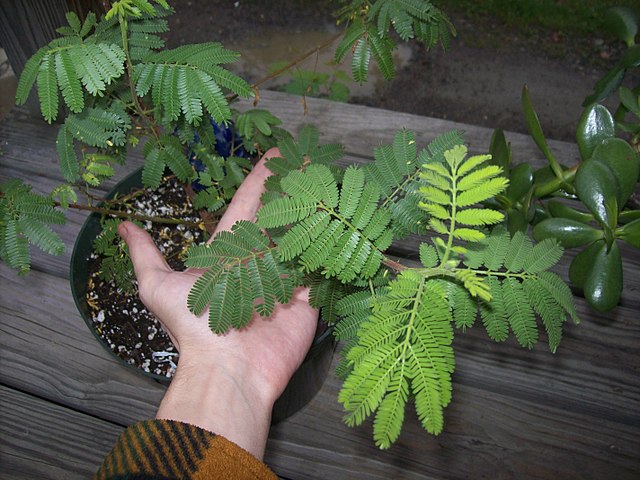For centuries, humans have turned to nature for a myriad of resources, and one of the most fascinating applications lies in the realm of natural dyes. In the lush forests of certain regions, a remarkable source of vibrant colors can be found in the Mimosa Hostilis tree. Revered for its dyeing properties, the root bark of this tree has been used by indigenous communities for generations to create stunning pigments that imbue textiles, crafts, and artworks with rich, earthy hues. In this blog, we will delve into the art of extracting pigments from Mimosa Hostilis root bark and the cultural significance and modern applications of these natural dyes.
The Mimosa Hostilis Tree and Its Root Bark
The Mimosa Hostilis tree, scientifically known as Mimosa tenuiflora, is native to various regions, including parts of South America and Mexico. It is a deciduous tree characterized by fern-like leaves and delicate pink or white flowers. While the tree possesses several traditional medicinal uses among indigenous communities, its most remarkable feature lies within its root bark.
The Alchemy of Natural Dye Extraction
The process of extracting pigments from Mimosa Hostilis root bark requires a careful and delicate approach. The first step involves harvesting the mature root bark from the tree. After collection, the bark is usually dried, ground into a fine powder, and sometimes boiled to release its dye molecules. The resulting dye is a deep, rusty-red color that can be further concentrated or diluted to achieve a range of hues.
The Art of Natural Dyeing
Natural dyeing with Mimosa Hostilis root bark is an ancient art, passed down through generations in indigenous cultures. The dye is often used to color fabrics, such as wool, silk, and cotton, creating textiles that boast unique shades of reddish-brown, terracotta, and even deep purples. Artisans and craftspeople employ various dyeing techniques, such as immersion dyeing, tie-dyeing, and batik, to create intricate patterns and designs on fabrics.
The Cultural Significance
For indigenous communities, the use of Mimosa Hostilis root bark as a natural dye is deeply embedded in their culture and traditions. These vibrant colors not only adorn their clothing but also hold symbolic significance in ceremonies, rituals, and cultural expressions. The dyeing process is often accompanied by rituals and prayers, signifying a harmonious relationship between humans and nature.
Modern Applications and Sustainability
In recent years, the interest in natural dyes and sustainable practices has grown significantly. As the world seeks eco-friendly alternatives to synthetic dyes, Mimosa Hostilis root bark offers a compelling solution. The use of natural dyes supports local communities, promotes biodiversity conservation, and reduces the environmental impact associated with the production and disposal of chemical dyes.
Conclusion
The art of extracting pigments from Mimosa Hostilis root bark is a beautiful testament to the profound connection between humans and the natural world. From its vibrant colors to its cultural significance, this natural dyeing tradition is a living example of sustainable practices that honor nature’s gifts. As we continue to rediscover and appreciate the wonders of traditional knowledge, the use of Mimosa Hostilis root bark as a natural dye serves as an inspiring reminder of the timeless wisdom held within the forest and the immense beauty it can bestow upon our lives.










